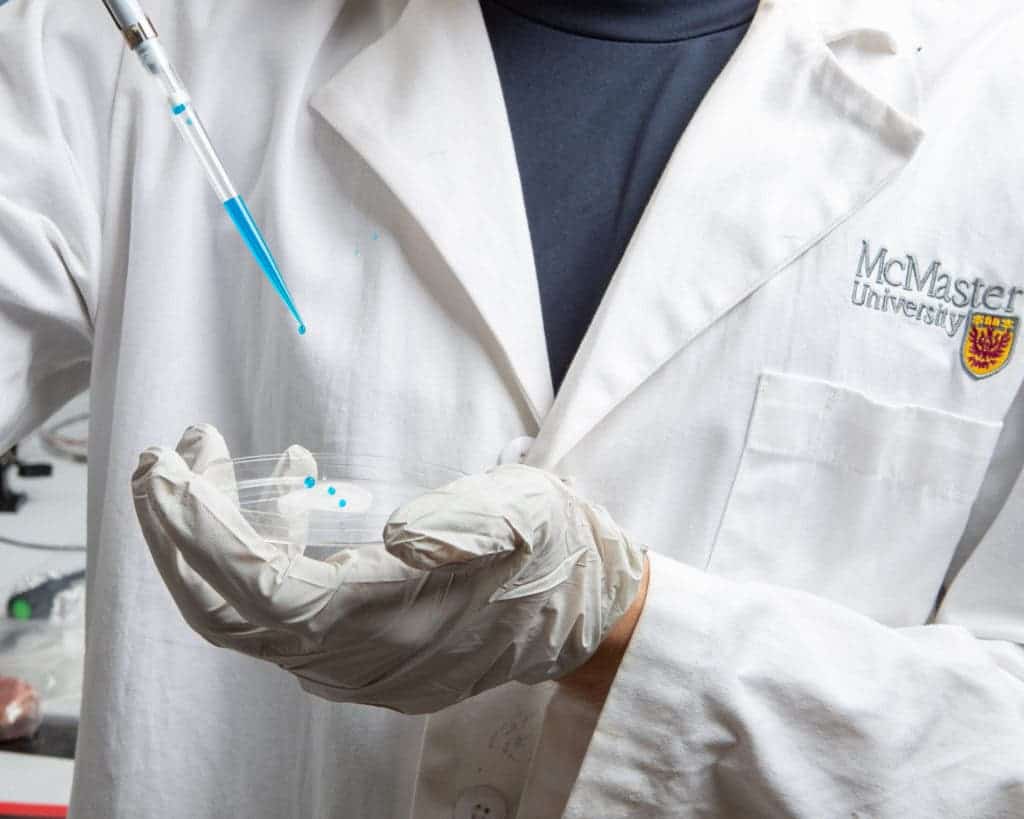
Researchers at McMaster University in Canada made a self-cleaning plastic surface that repels most substances, like blood, water, and other liquids, but also some of the most dangerous antibiotic-resistant bacteria. The transparent plastic wrap is ideal for packaging food or insulating surfaces that are vulnerable to contamination, such as those found in hospitals or kitchens.
The material is basically a conventional transparent wrap that went through chemical treatment and some nanoscale alterations to its surface.
In fact, the self-cleaning material was heavily inspired by the lotus leaf, whose surface naturally repels liquids — a process known as superhydrophobicity. Just like the lotus leaf, the new material has a roughened surface — a wrinkled texture that creates miniature air pockets, minimizing the contact area between the surface and a liquid, almost like standing on a bed of needles.
“We’re structurally tuning that plastic,” said Leyla Soleymani , an engineering physicist at McMaster. “This material gives us something that can be applied to all kinds of things.”
Researchers further enhanced the plastic wrap’s repelling properties through a chemical treatment.
The resulting material acts as a firm barrier against even the meanest superbugs. For instance, it could be wrapped around door handles, railings, and any surface that typically attracts bacteria like MRSA, E. coli, Salmonella, and C. difficile.
“We can see this technology being used in all kinds of institutional and domestic settings,” Didar says. “As the world confronts the crisis of anti-microbial resistance, we hope it will become an important part of the anti-bacterial toolbox.”
The researchers verified the effectiveness of the material by spraying two of the most challenging strains of antibiotic-resistant bacteria onto it. An analysis performed with an electron microscope showed no trance of bacterial transfer on the surface of the material.
In the future, the researchers hope to bring their product to market by partnering with select industry partners.
The findings appeared in the journal ACS Nano.









